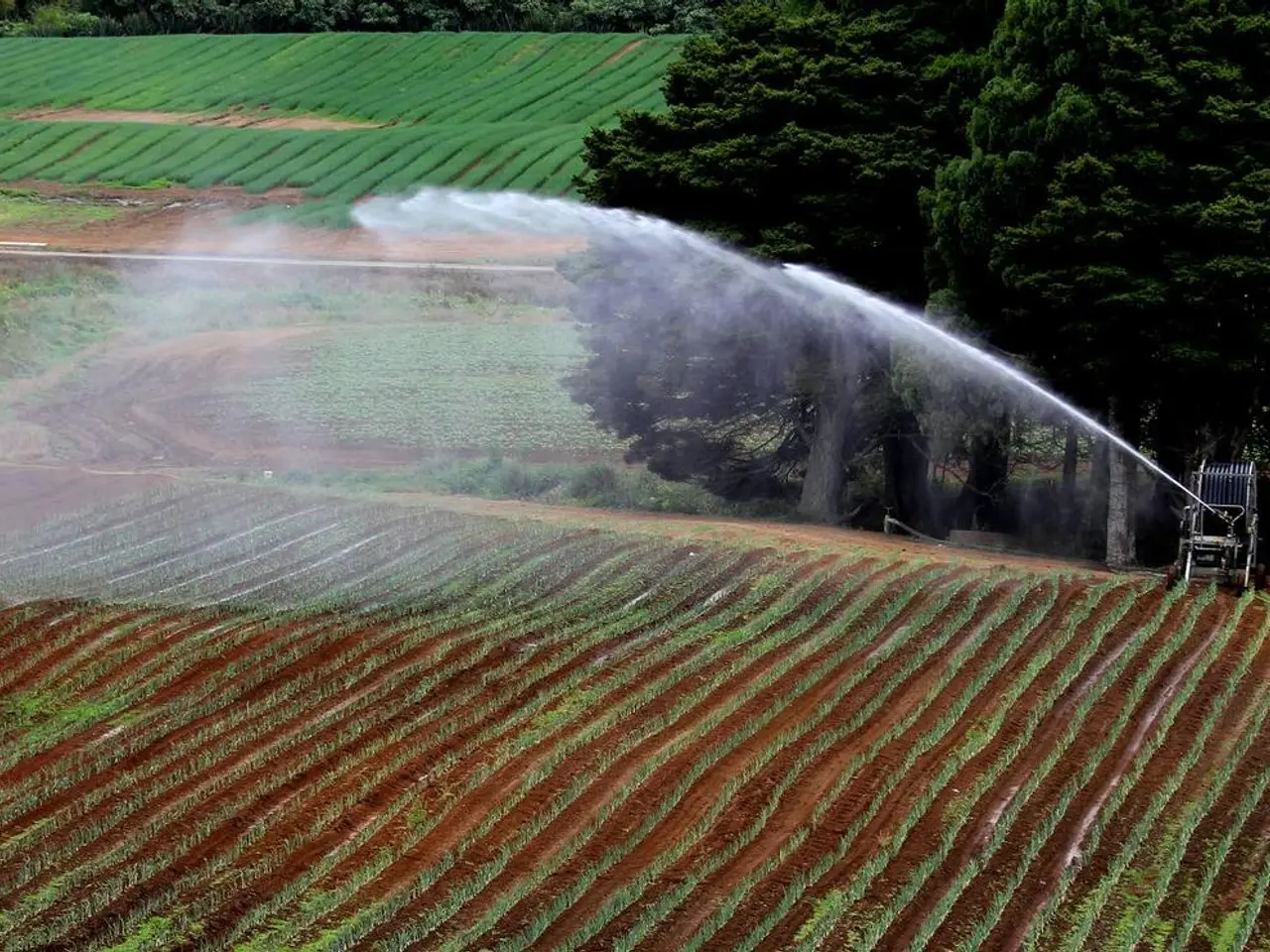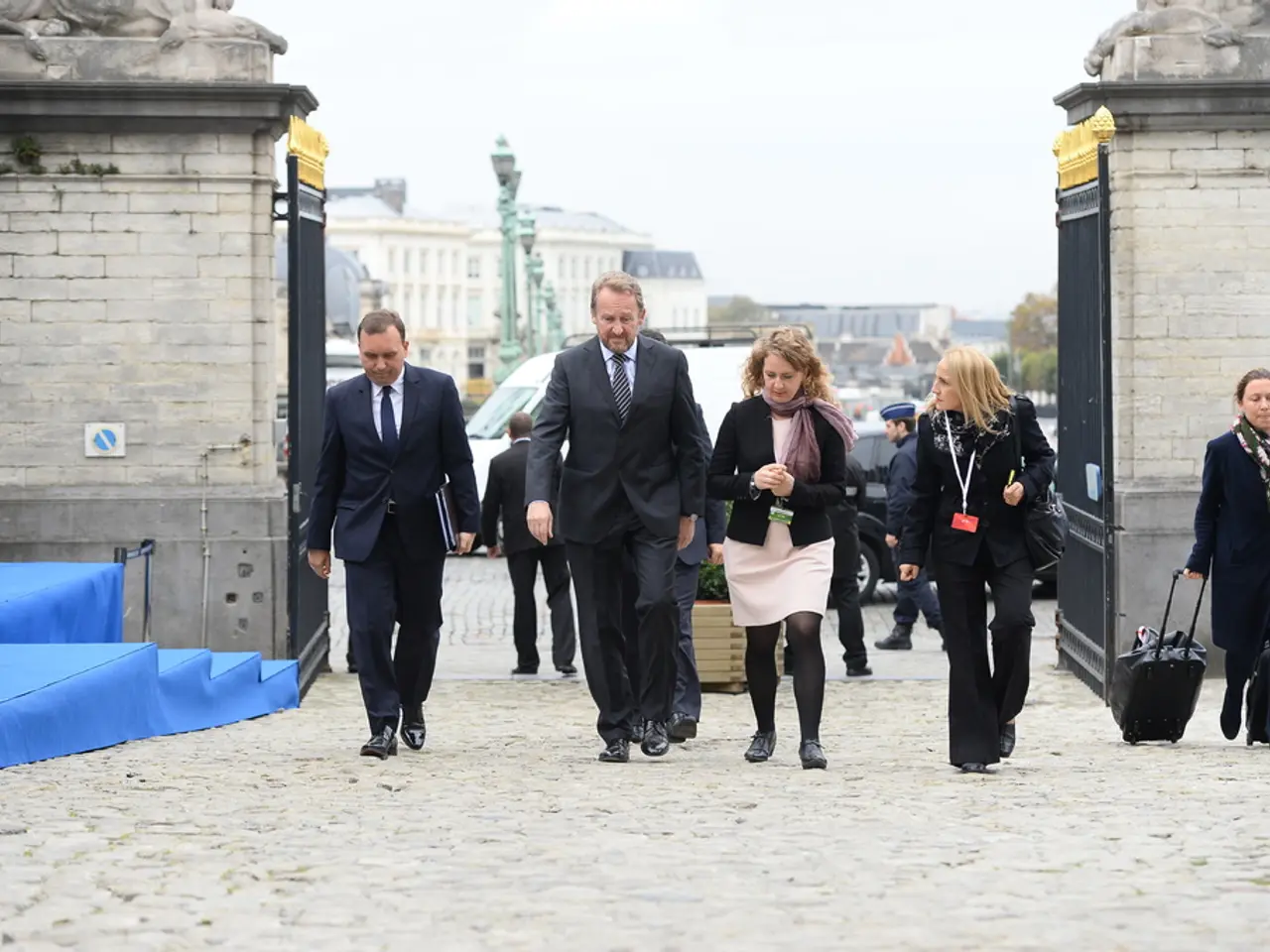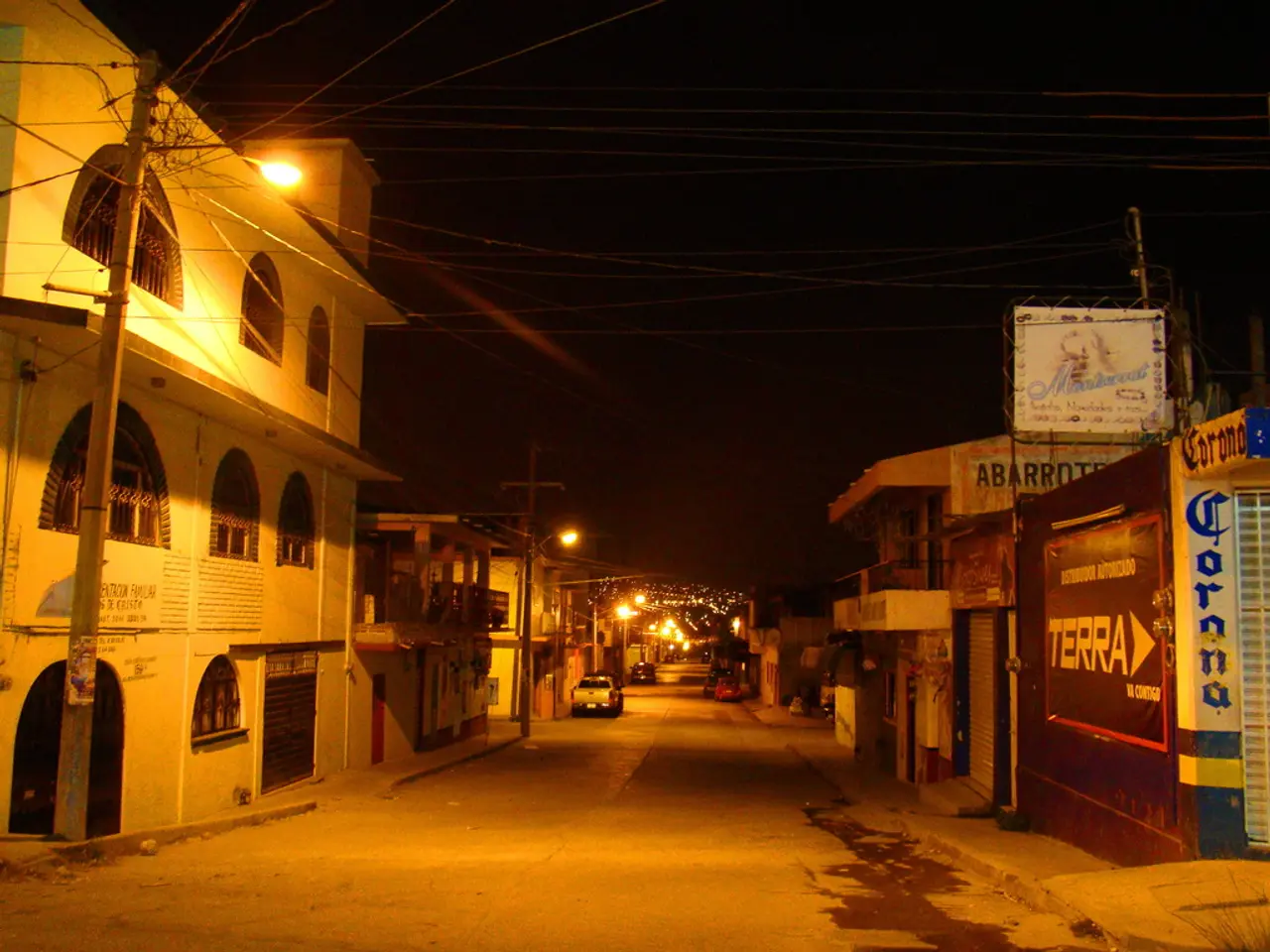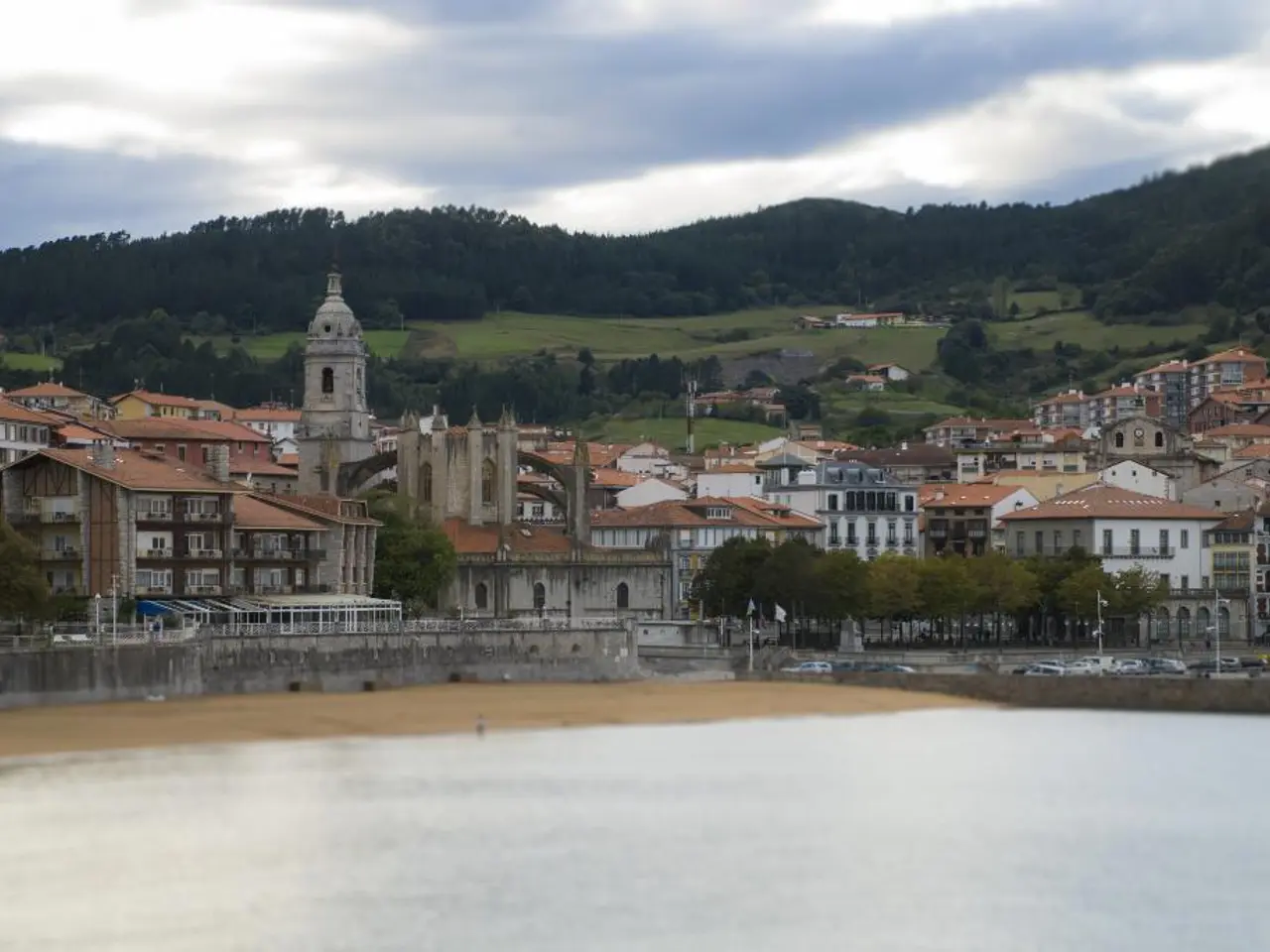Agro-industrial Complex in the Urals Evaluated: Demonstrates Adaptability and Dynamism by Presidential Academy Expert.
In the decades following the collapse of the Soviet Union, Russia's agricultural sector underwent a transformative journey, transitioning from a centralised command system to a market-oriented model. This transition, marked by the rise of large agroholdings, has played a crucial role in shaping the current landscape of Russia's agricultural industry.
After the Soviet era, Russia grappled with the shift from collective farms (kolkhozy and sovkhozy) to a market-oriented agricultural system. This transition, while challenging, led to a decline in agricultural productivity and sustainability, particularly from the mid-1980s onwards[3]. The legacy of Soviet-era collectivization has also impacted soil quality and agricultural practices, with earlier conservation efforts being partially reversed[1].
Despite these challenges, there has been a notable reduction and degradation of arable land due to less effective land management and monitoring post-1985[3]. Today, agriculture accounts for about 5% of Russia’s GDP, reflecting its role as a smaller but still important sector within the broader economy[2].
Since the 1990s, large agroholdings have emerged as key players in Russia’s agricultural development. These vertically integrated agricultural companies control substantial land and production chains, driving modernization through heavy investments in mechanization and technology. This has improved productivity compared to the fragmented peasant and collective farms of the Soviet era[1].
Agroholdings contribute to the stability and sustainability of agricultural production by enabling economies of scale, better access to capital, and integration with domestic and export markets. However, they also continue some Soviet legacies in large-scale monoculture and extensive land use, which can perpetuate environmental challenges related to soil degradation and unsustainable farming practices[1].
The growth in the agricultural sector in Russia has been significant, with production in key agricultural categories increasing up to 7.5 times over the past 25 years[2]. Over the same period, the revenue of Russia's agro-industrial complex has grown more than 20 times, reaching 16.6 trillion rubles[2]. Russia has thereby regained its status as one of the world's leading agricultural powers.
The modern structure for Russia's agro-industrial complex is being built with large, vertically integrated producers as its foundation. Operating in a competitive environment, these agroholdings have been the driving force behind a 22% increase in labor productivity in the agricultural sector from 2018 to 2024[2]. The structure maintains niches for farmer households and other small and medium-sized producers, with their share in the total volume of agricultural products being 15-16% in recent years[2].
The competitive environment in the Russian agricultural industry is ensured by the presence of small and medium-sized producers. Self-sufficiency in grain is 150-160%, in meat it's over 100%, in eggs it's 97-98%, and in vegetables it's 89-90%[2]. Daniel Vyshegorodsky, head of the economic theory department at the Presidential Academy on the Urals, has emphasised the importance of this modern structure for Russia's agro-industrial complex[2].
In summary, Russia’s agricultural sector has moved from a Soviet collective farming system to a market-based model where large agroholdings play a critical role in production and modernization. Despite some progress, challenges remain in land sustainability and balancing economic growth with environmental conservation[1][2][3].
The emergence of agroholdings in the 1990s has led to significant investments in mechanization and technology within Russia's agricultural industry, impacting productivity in comparison to the fragmented farms of the Soviet era. Consequently, these large-scale agricultural companies contribute to the financial growth of the sector, with the revenue of the agro-industrial complex increasing more than 20 times since the 1990s.




